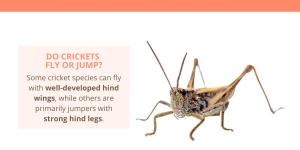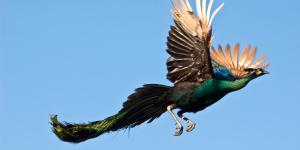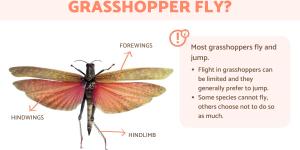Do Female Fireflies Fly?

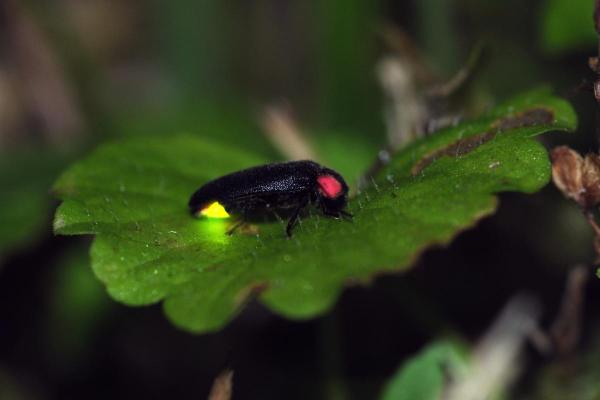
Insects of the Lampyridae family have various common names. Some know them as lightning bugs, others glowworms and many as fireflies. These names refer to their ability to glow in the dark, an ability which occurs thanks to their bioluminescence, a phenomenon that has captured the imagination of anyone who has come across them. The other parts of their names may cause some confusion over whether they are able to fly since flies fly, but worms do not. We can confirm that fireflies can indeed fly. In fact, they are very aerodynamic and they have an asynchronous flight mechanism which allows them to show off their glow better during periods of low light.
Despite the flight ability of these insects, not all individuals are the same. This is why AnimalWised asks do female fireflies fly? To answer this question we look at lightning bug flight behavior, learning both which types of fireflies fly and how they are able to do so.
Can female fireflies fly?
A question that often arises is whether female fireflies can fly. Generally speaking, female fireflies can fly, but not all are as capable as the rest. Males tend to have a better flight capability than females due to their morphological structure. For males, flight is a more integral part of their life cycle and plays a crucial role in their survival and reproduction capabilities.
Fireflies are able to fly to carry our various behaviors, including:
- Searching for food
- Escaping from predators
- Attracting mates for reproduction
The wings of fireflies are membranous and are located on the back of their body. These wings are longer in males than in females and are crucial for nuptial courtship. Since females are passively receptive, a better flight ability helps males to both locate females and approach for the mating act.
The flight of male fireflies is especially notable during mating season when they emit specific flashes of light to attract females. This luminous dance in the air is a complex form of communication that has evolved to maximize reproductive opportunities. Male fireflies fly in specific patterns and emit coded light signals that are recognized and responded to by the females, leading to a successful encounter and mating process.
Another very important factor is that not all types of firefly species are the same. While males are generally better fliers than females, this may differ according to their species type and characteristics. In some species, females cannot fly at all. This is the case with females of the genus Photuris which are non-flying larviform females, meaning they have a body structure which is more similar to their larval form than the adult stage.
Now you know more about lightning bug flight behavior, you may want to know more about their bioluminescence ability with our article on why do fireflies light up?
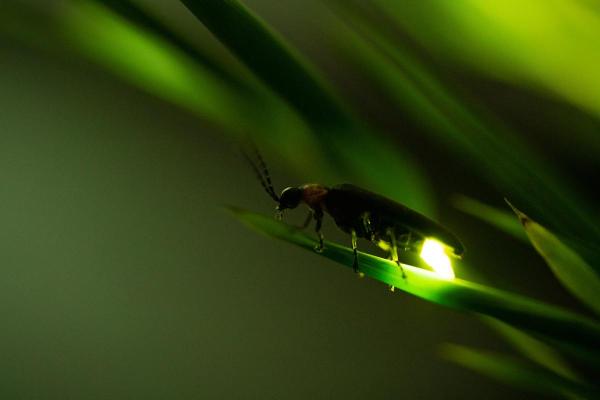
Why are male fireflies better at flying?
Fireflies are sexually dimorphic animals, meaning males and females have different physical characteristics. These physical characteristics influence their ability to fly, but so too do their behaviors. With this in mind, we take a look at the reasons why male lightning bugs fly better than females:
- Courtship and mating: the main reason why male fireflies fly is related to the courtship and mating process. As we have said, during the mating season, males use their flight ability to actively search for females. They display specific light flash patterns to attract them. This airborne light display is a complex and highly specialized form of communication that has evolved to maximize breeding opportunities.
- Longer and more developed wings: as they have evolved, male fireflies have developed specific adaptations to improve their effectiveness in nuptial courtship, including longer wings and a coded light communication system. Flight allows males to move with agility and perform precise maneuvers to attract females, which has led to a specialization of flight behavior in males of many firefly species.
- Longer and less heavy body: male fireflies are usually slimmer and more streamlined than females, with longer wings and a less voluminous abdomen. These physical and biological characteristics are specifically adapted for agile flight and aerial courtship, allowing males to move easily and efficiently through the air while performing their luminous displays.
In other words, the females of many species of fireflies have very poorly developed wings and their appearance is more similar to the larval stage. This includes those which are not considered non-flying larviform females. They usually remain on the ground or vegetation, emitting specific flashes of light in response to light signals from males to indicate their readiness for mating. This sedentary and passive behavior of females reinforces the active flight behavior of males during nuptial courtship.
Learn more about the relationship between luminescence and insects with our article on why bugs are attracted to light.
How do fireflies fly?
Fireflies have two pairs of membranous wings that are located at the back of their body. These wings are thin, flexible and supported by a series of veins and tracheae that provide structural support to allow movement. We have already stated that the wings of fireflies are longer in males than in females. This facilitates agile flight and the maneuverability necessary for aerial courtship.
The flight of fireflies is characterized by asynchronous wing movement. This is a type of flight in which each wing moves independently and in alternating phases. This asynchronous flight pattern allows fireflies to perform precise maneuvers and rapid direction changes in the air. The thorax muscles of fireflies are specially developed for flight. They drive the movement of the wings at a high frequency, allowing sustained and efficient flight.
Fireflies have developed specific adaptations for night flight, including large and sensitive eyes that allow them to detect light effectively in the dark. In addition, their ability to produce their own bioluminescent light facilitates orientation and navigation during night flight. These sensory and light adaptations are crucial for fireflies' precise flight in low-light conditions.

Do fireflies fly during the day?
While the lightning bug's ability to glow can be active during the day, it won't be as effective. When there is a greater amount of ambient light, the light provided bioluminescence of the glowworm will not be easily seen. The adaptation of bioluminescence has led to fireflies evolving to a majorly nocturnal behavioral pattern.
This doesn't mean fireflies only fly during the might. They can fly during the day and some species may do so more than others. In particular, daytime flight will occur when they are finding nectar to feed on in flowers. They can do this at night also, with their ability to glow helping to detect flowers. They mainly fly at night to carry out reproductive and other behaviors.
Discover which animals are nocturnal with our related guide.

If you want to read similar articles to Do Female Fireflies Fly?, we recommend you visit our Facts about the animal kingdom category.
- Buck, J., & Buck, E. (1966). Biology of synchronous flashing of fireflies.
- Carlson, A. D., Copeland, J., Raderman, R., & Bulloch, A. G. (1976). Role of interflash intervals in a firefly courtship (Photinus macdermotti). Animal behavior, 24(4), 786-792.
- Kaufmann, T. (1965). Ecological and biological studies on the West African firefly Luciola discicollis (Coleoptera: Lampyridae). Annals of the entomological society of America, 58(4), 414-426.
- Lloyd, J. E. (1997). 10. Firefly mating ecology, selection and evolution . JC Choe, BJ Crespi (Eds.).
- Picchi, M. S., Avolio, L., Azzani, L., Brombin, O., & Camerini, G. (2013). Fireflies and land use in an urban landscape: the case of Luciola italica L. (Coleoptera: Lampyridae) in the city of Turin. Journal of insect conservation, 17, 797-805.

